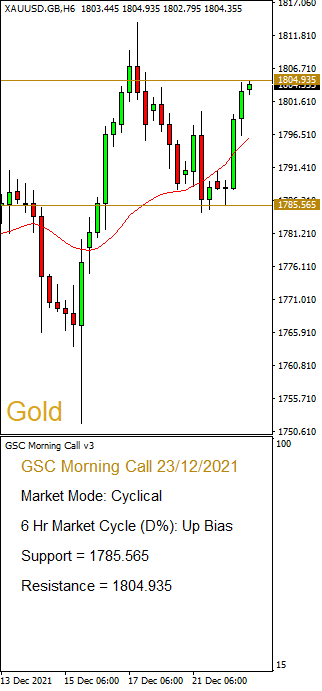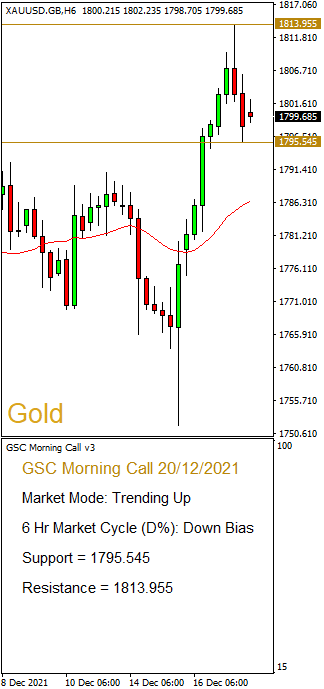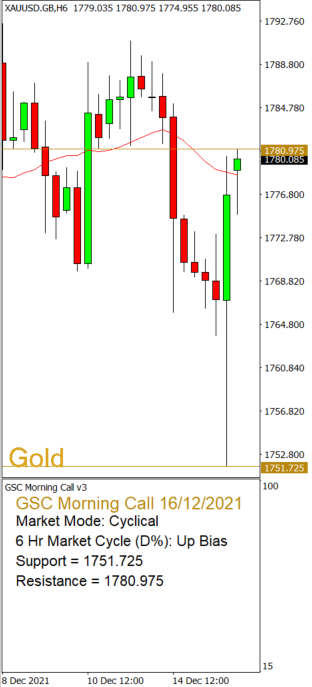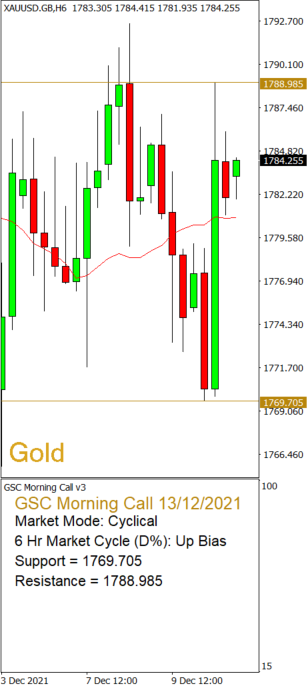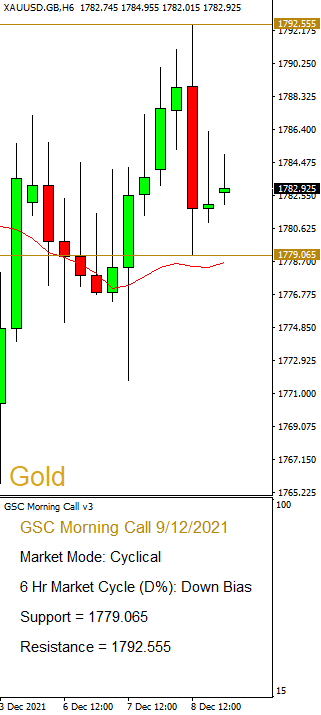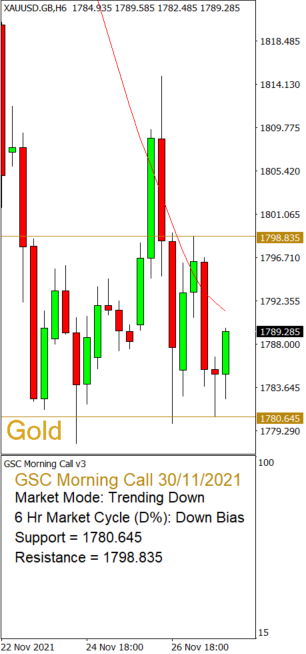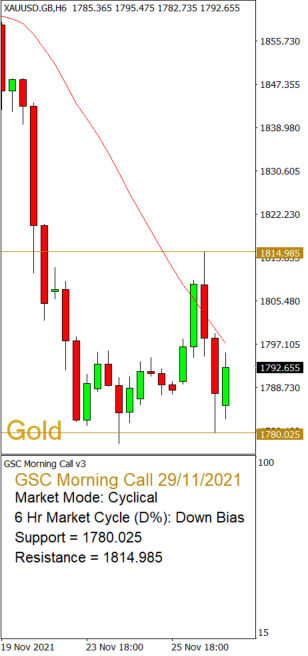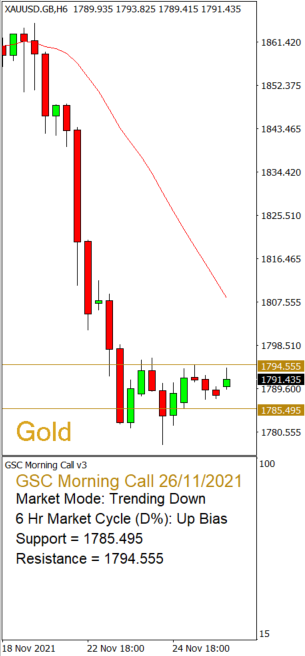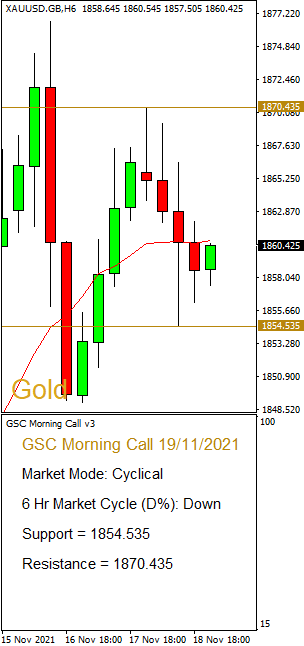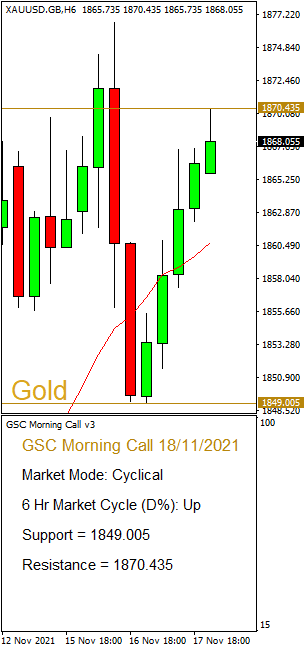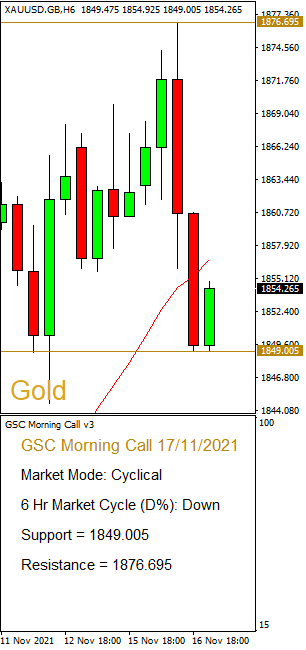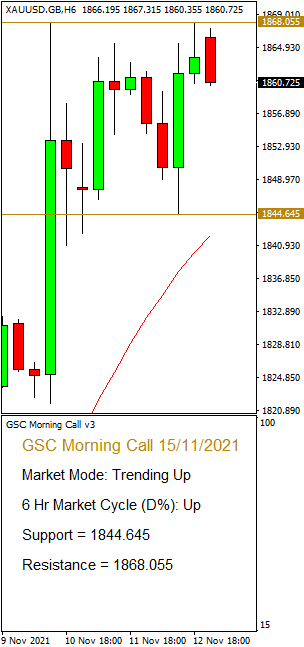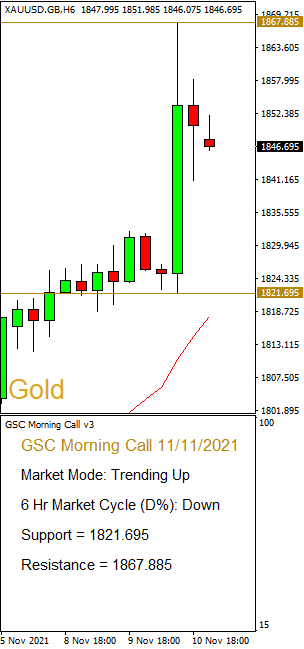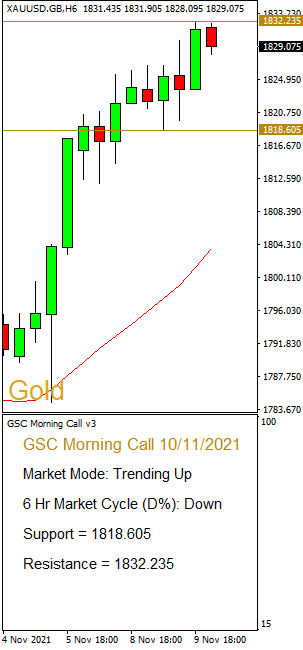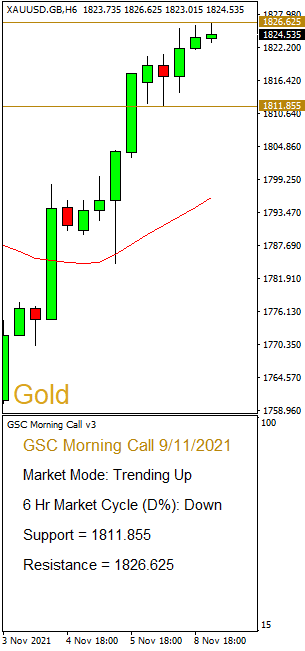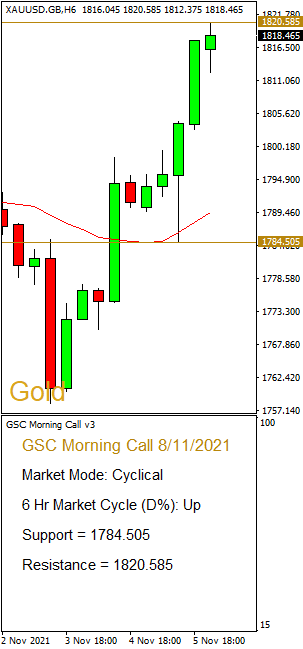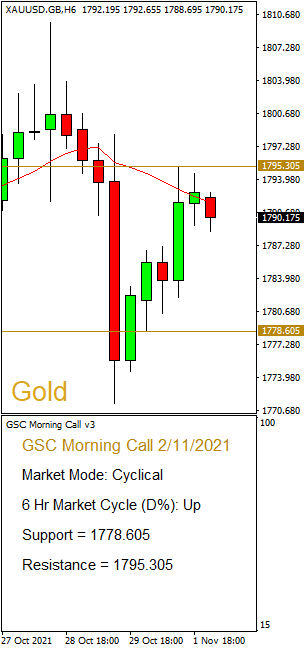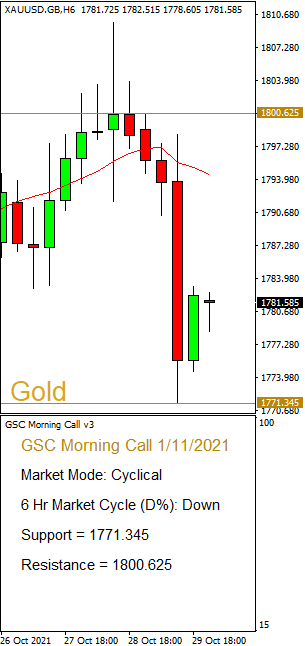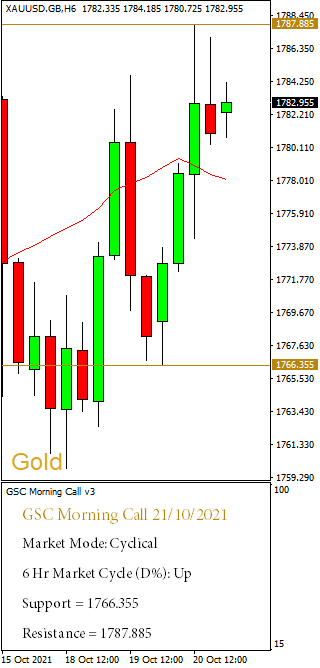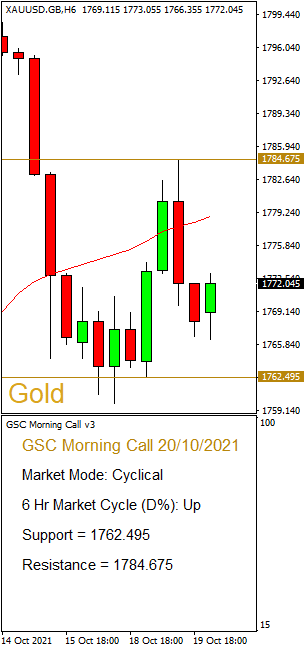身在贵金属行业的我最常被问到的问题之一就是我该投资哪一个好。相信这也是很多刚开始接触贵金属的投资者们心中有的一个疑问。很抱歉我得老实告诉你,这个问题没有一个标准对的答案。不过俗话说的好,做生不如做熟。套用在投资上,你投资一种自己比较熟悉的产品绝对比道听途说而去投资一种自己完全不了解的商品来的好吧?
在亚洲尤其是东南亚国家,相信黄金是大家都比较熟悉的一种商品。它可以是以实体的首饰,摆设,金币,金条等方式存在我们身边。也可以是以虚拟的金融工具和金融衍生产品(derivatives)如股票,期货,交易所指数基金(ETF)等形式被用于在各大金融机构和交易平台上进行买卖。
如果你现在正考虑投资一笔资金在贵金属上,那我会推荐你从黄金开始。不是说其他的贵金属如白银铂金甚至钯和铑等不好,而是说到投资我们应该考虑两个重要的因素: 流动性(liquidity)和买卖差价率(buy/sell spread)。就这两个关键点来切入的话我个人认为投资黄金是对新手比较有利的。毕竟谁也不想投资了一样商品然后发现很难卖出去或市价的涨幅赶不上买卖的差价率吧?而黄金很好的解决了这两个难题。没有一间金店当铺或经销商如我们会拒绝购入你的黄金(除非你透过非法途径获取或你所购入的黄金的制造商被列入国际“黑名单”)。而最保值的投资用1公斤金条的买卖差价率大概是在2.20%左右。根据近几年的金价涨幅表现来看,追上这2.20%不是一个太难达到的目标。
当然凡事没有绝对,这世界上没有稳赚不赔的生意。如果你买入的是实体黄金如金币或金条等,那可以一直持有并保存到金价回升至你转亏为盈。如果您购买了虚拟黄金并面临价格暴跌的动荡市场,您可能会面临账面上的亏损或者在最坏的情况下被强行平仓(俗话说被砍掉,直接血本无归欲哭无泪惨兮兮)。
当你比较熟悉投资黄金以后,慢慢的你可以多了解其他的贵金属从而购入来多样化你的贵金属投资组合(portfolio diversification)。因为不同的贵金属在不同的时期,市场需求等因素下表现也是会不一样的。不过我们一直秉持着合理投资这个信念,所以并不建议你把全部多余的资金都投入到贵金属里哦。
今天暂时就分享到这里,我们下回见!有什么疑问欢迎在我们的留言区留言并一起讨论哦。
Maya
One of the most frequently asked questions I get in the precious metals industry is – which precious metal should I be investing in? I believe this is also a question that is constantly on the minds of investors who are new to precious metals. Well, I’m sorry to have to tell you that there is no right or wrong answer to this question however, as the saying goes, better the devil you know, than the devil you don’t. This saying applies to investments as well! It is definitely better for you to invest in a product that you are familiar with, than to invest in a product that you don’t understand at all, agree?
In Asia, I believe that Gold is a commodity that everyone is more familiar with, especially in Southeast Asian countries. Gold exists in many forms and commonly appear as physical jewellery, decorations, coins, bars, etc. It is also structured as financial instruments and derivatives such as stocks, futures, and Exchange-Traded Funds (ETFs) and is traded across major financial institutions and platforms.
If you are considering to invest into precious metals now, then I would recommend for you to start off by investing into Gold. It is not that other precious metals such as Silver, Platinum, or even Palladium and Rhodium are not good however, we should always consider two key points when we invest – Liquidity and Buy/Sell Spread. Personally, I think that investing in Gold is more beneficial for investors who are new to precious metals. Afterall, no one would want to invest in a product only to find out later that it is difficult to sell or that the market price cannot keep up with the spread of buying and selling, right? Well, Gold is the solution to these two problems. Goldsmiths, pawnshops or bullion dealers such as GSC will definitely buy your Gold(unless it has been obtained through illegal means or the refinery/mint of the Gold you bought is “blacklisted” internationally)! The buy/sell spread is about 2.20% for an investment grade Gold kilobar (1 KG). Judging from the performance of Gold prices in recent years, catching up with this 2.20% is not a difficult goal to achieve.
Of course, there is no absoluteness in everything, and there is no business in this world that makes only profit. While you can still hold on to Physical Gold till prices rise again and to your favour if you had bought coins or gold, you may face paper loss or in the worst-case scenario, have your account forcibly liquidated if you had bought Gold on margin and faced a volatile market with plummeting prices.
When you get more familiar with investing in Gold, you will gradually learn more about other precious metals and diversify your precious metals portfolio (portfolio diversification) by purchasing into them. As the performance of precious metals vary from metal to metal during different time periods with different market demand, we do not recommend that you invest all your excess funds into precious metals, which aligns to our belief of reasonable investing.
I will stop here for the time being and see you next time! If you have any questions, feel free to leave a comment and we can discuss together.
Maya
There are 2 types of dollar-cost averaging, reading on can help determine which type of dollar-cost averaging is being used by yourself.
We understand that dollar-cost averaging works as the name says it, averaging out the price with every purchase you make, using a fixed amount of money per day to make purchases. For example, spending S$3 per day for 6 days to buy apples.
Below is an illustration to better help you understand the benefits of Dollar-Cost Averaging:
When you average out the price paid per apple, you now pay only S$1.20 per apple, across all the 15 apples you bought, regardless of how much they cost right now. It is a win-win situation, as you now have the apples you wanted, without needing to take note of how much they cost each day, and are still able to buy as many as possible, using the same amount of money each day, but bought at different price levels.
Sounds good, right? Another type of dollar-cost averaging is considered more to be averaging the value more than dollar as you only buy when you think the price is low. Below is an illustration on averaging the value across 6 days, using S$6 every time you make a purchase, with a total budget of S$18, assuming you only wish to purchase the apples when you think the price is the current low:
Using the same S$18, an apple now costs S$1.29 if I were to use the value averaging method, as I only purchase at the price which I think is the lowest low, and did not make a purchase when I think the price is not at a satisfactory low (even when it became even lower than the previous day, I did not make a purchase for fear that the price may go higher.)
Using the illustration above, I did not make a purchase on Days 2, 3, and 6 even when the prices are low, as my own analysis and observation stopped me from making the purchase, as well as the constant market watching did not allow me to immediately buy in at that price level, and the risk of not being able to buy on time is there (i.e. rushing down to the fruit stall to make a purchase after seeing the low price however, the price may suddenly change due to the supply and demand of the apple).
I personally prefer the Dollar-Cost Averaging methodology in the long-run as it helps to average out my monthly costs, based on daily purchases. This way, I also do not have to worry about rising or falling prices, I will have the apples that I want daily, with the price being spread out.
Have you managed to decipher which type of dollar-cost averaging method you have been using based on our above illustration? 😉
Watch this space, as we share more on when should we be using the dollar-cost averaging methodology for investments.
Wendy
Most clients, including our colleagues within GSC, are interested in comparing these 3 options (collateral loans, bank loans & P2P lending) available in the market when it comes to raising funds to tide through difficult periods. A very legitimate question raised often by interested clients, why would a client opt for GSC Collateral Loan Program if the interest rate is higher than the other available options?
Let’s start with some facts comparison between these 3 options.
Although GSC Collateral Loan has a higher interest rate, time taken for loan disbursement and approval is much shorter and it is much more flexible in terms of redemption and repayment schedules. I would say each option has its own pros and cons; it’s really up to an individual to go for the loan deemed the most suitable after full consideration.
In future articles, we will share case studies and scenarios on how our clients have utilised the collateral loan program to achieve their financial goals. Stay tuned and feel free to contact us if you would like to find out more about this unique program!
Maya
Introduction: What is the Purpose of Having Gold in my Portfolio?
Gold is widely valued as a wealth preservation asset, functioning as a hedge against risks faced from the exposure of your other assets and therefore, is a fantastic diversification tool to have for any portfolio. I am sure most of us bought health insurance so that we have something to fall back on when our bodies fall sick. What will happen if our assets “fall sick”? Gold is well-known for its safe-haven characteristics, so when a disastrous event strikes the economy and crashes most markets, Gold will see the inflow of capital, effectively giving us the support that we need at the point of time.
Now that vaccines have been introduced and widely available, countries, economies and the markets are all in a recovery stage. Businesses are slowly picking up as countries open up, putting the stock market back on pace. Like it or not, the pandemic has left lasting effects on our daily lives and the economy. Whether you are talking about ballooning debts of countries from the huge stimulus packages, or the inflation, stagflation, devaluation of currencies, and what actions will the Federal Reserve really take, we do not know how all these will pan out, and so there are always going to be uncertainties lingering in the market. What Gold is capable of, is to give you that layer of protection around your financial health.
Wealth preservation doesn’t mean you need to accumulate hundreds of thousands or millions of dollars before you start taking action to protect your wealth. No, that’s not the case. Say for example, you have accumulated savings of $2,000 from your income, that is your wealth to protect. Whether that same $2,000 holds its true value 10, 20 or 50 years down the road, it depends on the adequate measures taken to preserve wealth.
Furthermore, there are so many solutions that precious metals bring to the table. Physical bullion is recognised and accepted worldwide, if you need cash and yet you still want to continue holding to your precious metals (say maybe you see there is still more upside potential to prices), what you can do here, is simply use your precious metals to take a collateral loan! Problem solved! You still get to keep your holdings and will now have the additional cash to do whatever you want, whether it is for your own personal use or maybe buy into other alternate assets. The collateral loan we are talking about here is using your assets, in this case, precious metals, as a collateral to get a loan of cash for your use. Precious metals are one of the few assets that are accepted as collateral and given a fair value for the loan.
We hear people saying, “Save to invest, don’t save to save” and the goal for investing is for wealth preservation, not wealth creation. I hope this article has given you some insights on wealth preservation and the role precious metals can play in this concept.
Sin Pong
Introduction : The importance of Portfolio Diversification.
Today, we will be talking about the key lesson learnt from the COVID-19 pandemic. For better or for worse, we got to admit that the pandemic had changed some parts of our lives significantly. Do you remember the last time you went out for a meal without a mask? Well, the pandemic also gave us a sense of urgency on how we prioritise and manage our assets – what if we suddenly need cash to tide us through tough times, or for an opportunity that suddenly arises?
We always hear about “Saving for a rainy day” and in 2020, that idiom turned out to be very true indeed. Moreover, the importance of not “putting all your eggs into one basket” was apparent. While the virus was ravaging through countries and inciting lockdowns, global economies were hit badly, resulting in businesses being affected and jobs being lost. Due to this, our finances were hit hard and therefore, we will naturally look to the other assets we are holding for some form of support. A lot of us go out there, get a job, buy a house, and maybe buying some stocks along the way while trying to grow our wealth. Based on this, the assets we may own will consist of Currencies, Stocks, and Property(s). The S&P500 were down by over 30% amid the pandemic and right away we face a difficult decision. Do we sell and realise losses to get the cash we need? Or do we look to sell our property(s), places that shelter us from harsh weather with a roof over our heads? Given the illiquid characteristics of properties, the whole process from finding the right buyer who fancy your house to surrendering the key to the new owner, will most likely land yourself in a situation whereby the cashflow is “stuck” due to the numerous house viewing appointments and time taken to process the transactions.
This is where Gold really starts to shimmer and shine! Gold was up by over 23% in 2020, and you could have sold some holdings to help rebalance your portfolio. For example, if you had allocated some of your savings into precious metals before 2020, as prices rallied and climbed during the pandemic, that allocation starts to take 10 – 15% more. When you sell that 10 – 15% worth of precious metals, you are still sticking to your designated allocation along with additional cash for your own use. That itself, is portfolio rebalancing. From this example, you will be able to see how Gold provides you with a smarter and better way to save for rainy days.
Being thrifty is definitely a virtue, and we are here to provide you with solutions to bring out more value from your savings.
Sin Pong
In recent years, Platinum has seen an increase in popularity among Precious Metals investors. The scarcity of Platinum makes it rarer than Gold. Approximately 1,500 tons of Gold are mined each year in comparison to just 160 tons of Platinum. However, is rarity a deciding factor on whether the Precious Metal is a good and valuable option for investment?
Although Platinum is widely used in various industries such as jewellery and dental, its greatest demand comes from the automotive sector. Around 40% of Platinum is used to produce catalytic converters in helping to reduce harmful emissions. To find out more on what the other 60% is used for, click here.
Gold and Silver had been used as a form of money for thousands of years before the discovery of Platinum. Although Platinum does not have the same monetary history, the prices of Gold and Platinum are closely correlated, and is even more valuable than Gold based on past historical data. In March 2008, Platinum outshined Gold and peaked at US$2252 per troy ounce while in August, 2020, Platinum has significantly outperformed Gold, rising 55% versus Gold’s rise of 33%. This year, increase in catalytic converters thefts have been reported as Platinum have become more valuable then Gold.
The prices of Gold and Platinum had been drawing closer to each other since the 2008 Global Financial Crisis. (Data Source: LBMA Precious Metal Prices)
Whether you are looking to ride the Platinum wave or to diversify your investment portfolio, GoldSilver Central offers a range of products and services including both digital and physical Platinum to meet your needs in Precious Metals investment.
Shop for Platinum Coins & Bars
Disclaimer: Information shared here are of general nature and should not be regarded as a substitute for seeking professional and/or legal advice on any specific issues.
Evonne
One question that most people ask would be – is it better to buy physical Gold Bars now that the price has dropped? There is no absolute yes or no, as the price may be even lower tomorrow. If you prefer seeing and holding on to a physical precious metal, purchasing the physical item would be a better choice but does it help in diversifying your price risk?
A good way to diversify your price risk would be to accumulate pool-allocated Precious Metals (Gold, Silver, and/or Platinum) with GSC Savings Accumulation Program (GSAP). GSAP works by dollar-cost averaging your investment amount. For example, if you invest S$100 to accumulate Gold every month, GSAP will split the S$100 into business days, and buy into Gold regardless of the price. As the Precious Metals accumulated daily are physically deliverable, you can also take physical delivery of your pool-allocated holdings and own a physical item.
Using the dollar-cost averaging methodology may not get you the lowest price but will definitely help in reducing your risk of buying at a high price. Also, by using the dollar-cost averaging methodology, it is convenient and puts your mind at ease, knowing that you are buying in everyday, without the need to worry about price. When you have decided to make your first move in investing in precious metals, I’m sure many have thought about price risk reduction, and this is one way you can consider GSAP to own precious metals to help reduce and diversify risks in your investment portfolio.
To find out more about GSAP, you can head over to our website here. You can also reach us at [email protected] or call +65 6222 9703 to enquire more about this program!
Wendy


